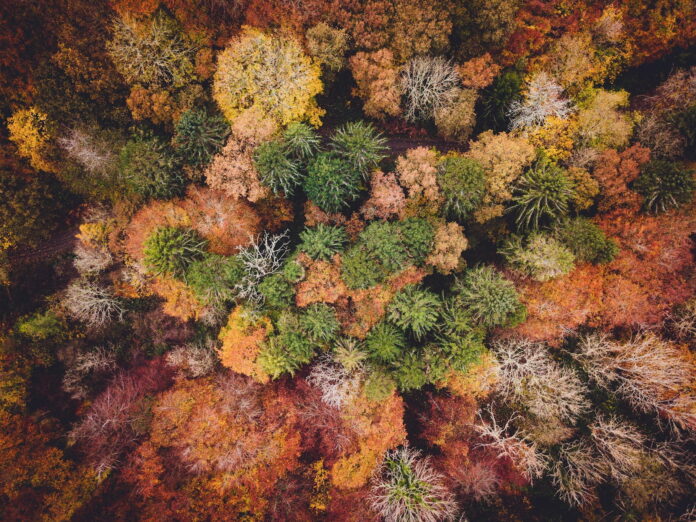The delicate balance of ecosystems around the world faces numerous threats, among which invasive species stand out as a significant concern. These species, introduced either accidentally or deliberately into new environments, can have profound effects on local biodiversity. Understanding the mechanisms of their spread and establishment, as well as their subsequent impact on ecosystem health, is crucial for developing effective management strategies.
Introduction to Invasive Species and Local Biodiversity
Invasive species are organisms that are not native to a particular ecosystem and whose introduction causes, or is likely to cause, economic or environmental harm, or harm to human health. These species can include plants, animals, and microorganisms. The introduction of invasive species often disrupts the natural balance of ecosystems, leading to a decline in native species and altering habitat structures. This can result in significant shifts in biodiversity, which is the variety of life in a particular habitat or ecosystem.
Local biodiversity is essential for maintaining ecosystem resilience, providing services such as pollination, water purification, and soil fertility. The introduction of invasive species can compromise these services by outcompeting native species for resources, altering habitat conditions, and sometimes introducing diseases. This can lead to a reduction in species richness and even the extinction of native species, which diminishes the overall health and functionality of ecosystems.
The consequences of invasive species on local biodiversity are far-reaching. They can alter food webs, disrupt mutualistic relationships, and change the physical environment. For example, invasive plants can alter soil chemistry, while invasive predators can decimate populations of native prey species. These changes can have cascading effects throughout the ecosystem, highlighting the importance of understanding and managing invasive species to protect local biodiversity.
Mechanisms of Invasive Species Spread and Establishment
Invasive species spread through various mechanisms, both natural and anthropogenic. Natural dispersal methods include wind, water currents, and animal movement, which can carry seeds, spores, or small organisms to new locations. However, human activities are the primary drivers of invasive species spread. Global trade, travel, and transportation facilitate the movement of species across continents and oceans, often unintentionally. For example, ships’ ballast water can introduce aquatic organisms to new environments, while the horticultural trade can spread invasive plants.
Once introduced, invasive species must establish themselves in the new environment to become a threat. Successful establishment depends on several factors, including the species’ reproductive strategies, adaptability, and the absence of natural predators. Invasive species often exhibit traits such as rapid growth, high reproductive rates, and the ability to thrive in a variety of conditions. These characteristics give them a competitive edge over native species, allowing them to dominate new habitats.
The establishment of invasive species is also facilitated by disturbances in the environment, such as habitat destruction, climate change, and pollution. These disturbances can create opportunities for invasive species to colonize areas where native species are already stressed. Additionally, ecosystems with low biodiversity are more vulnerable to invasion, as there are fewer species to compete with or predate upon the invaders. Understanding these mechanisms is crucial for developing strategies to prevent the spread and establishment of invasive species.
Consequences of Invasive Species on Ecosystem Health
The introduction and establishment of invasive species can have severe consequences for ecosystem health. One of the most significant impacts is the loss of native biodiversity. Invasive species can outcompete, prey upon, or bring diseases to native species, leading to population declines or extinctions. This loss of biodiversity can reduce ecosystem resilience, making it more difficult for the ecosystem to recover from disturbances and maintain essential functions.
Invasive species can also alter ecosystem processes and functions. For example, they can change nutrient cycling, water availability, and fire regimes. Invasive plants may alter soil composition and hydrology, while invasive animals can affect the structure of food webs and nutrient flows. These changes can have cascading effects throughout the ecosystem, impacting other species and ecosystem services. For instance, the introduction of an invasive predator can lead to the decline of herbivores, which in turn affects plant communities and soil health.
The economic consequences of invasive species are also significant. They can impact agriculture, forestry, fisheries, and tourism, leading to substantial financial losses. The cost of managing invasive species and mitigating their impacts can be enormous, requiring resources that could be used for other conservation efforts. Moreover, invasive species can affect human health by introducing new diseases or allergens. Understanding the full scope of these consequences is essential for developing effective management and policy responses to protect ecosystem health and biodiversity.
